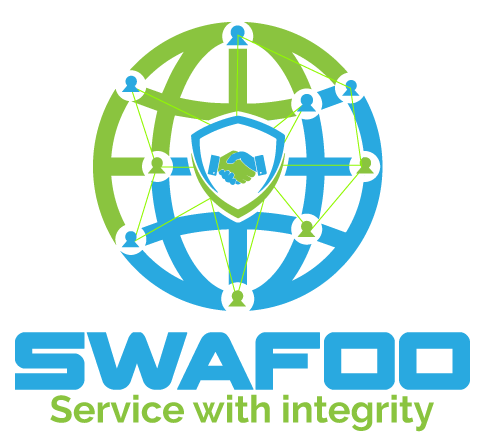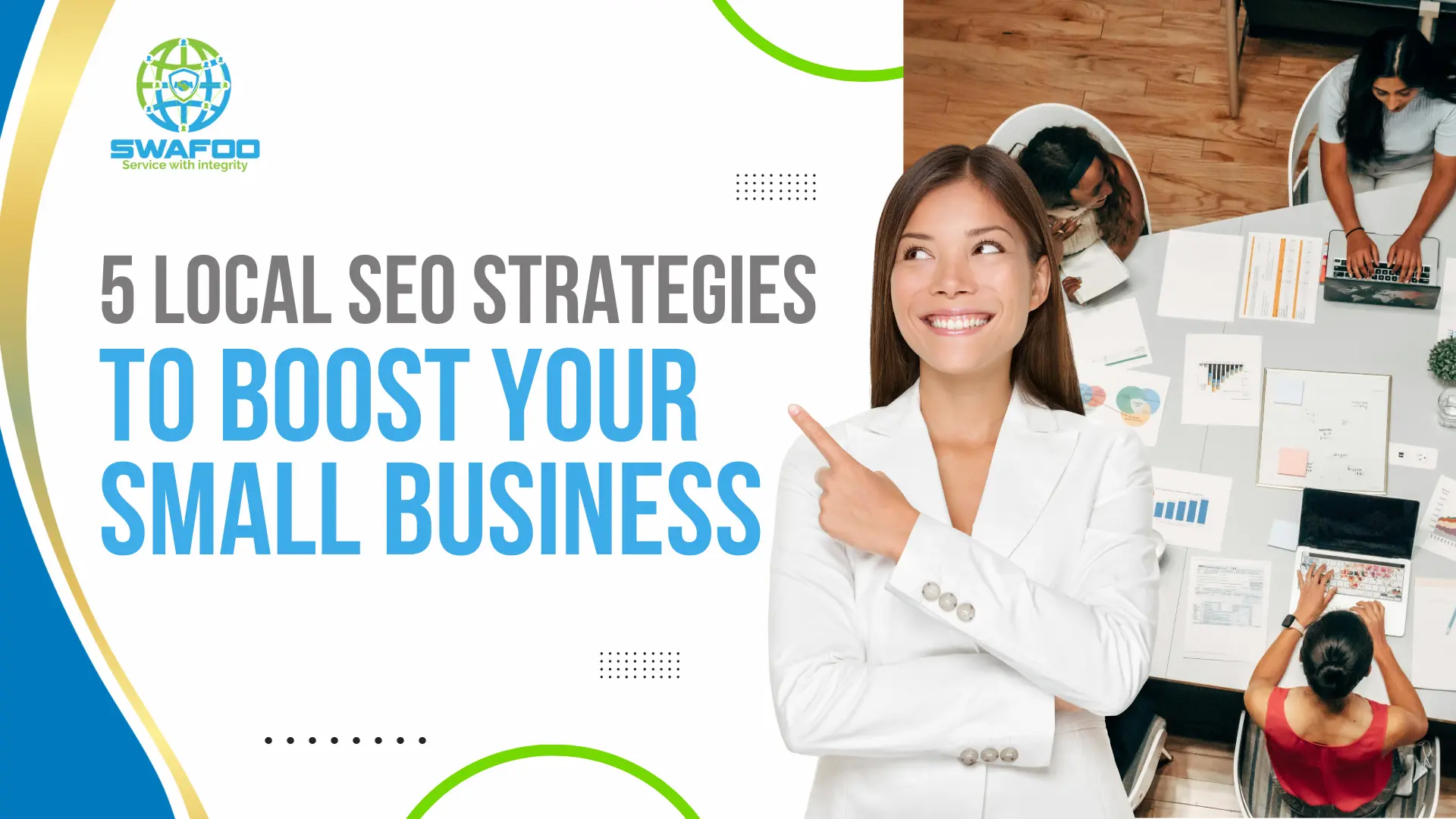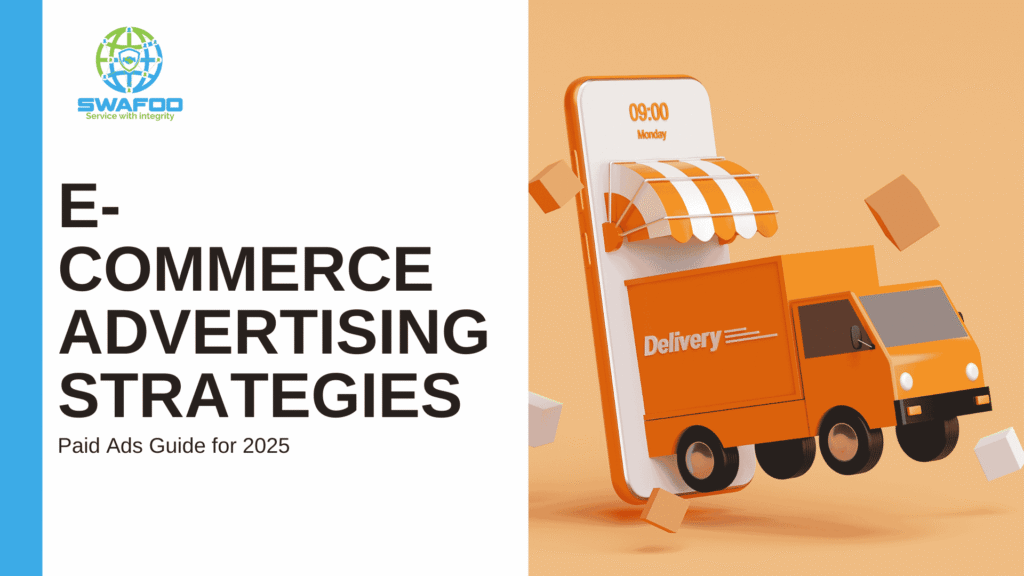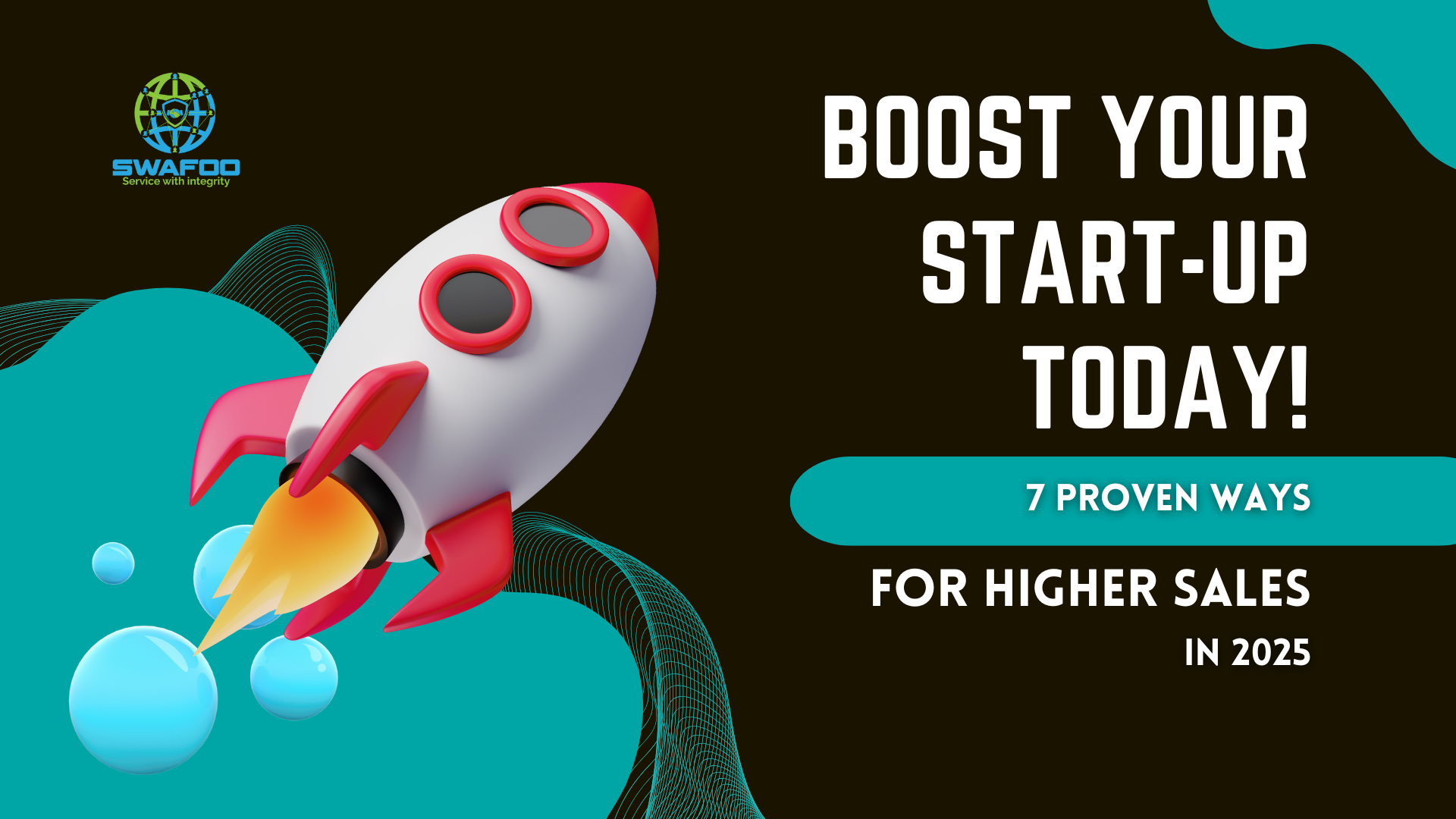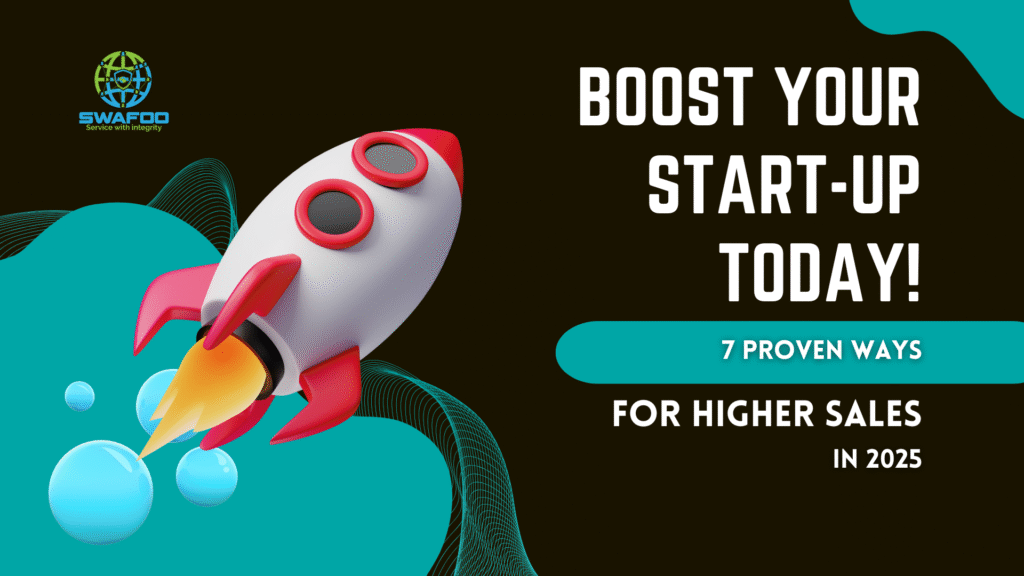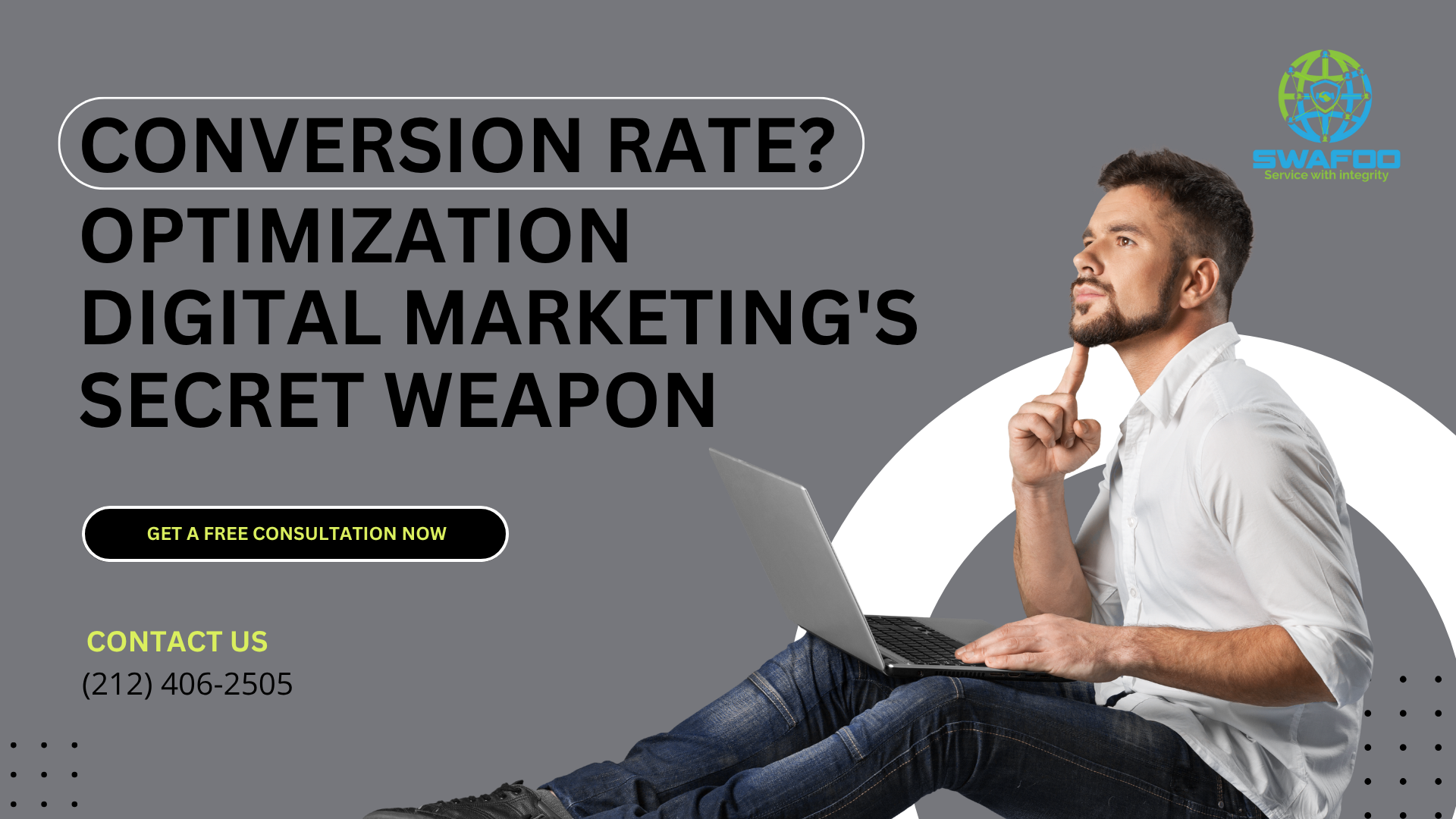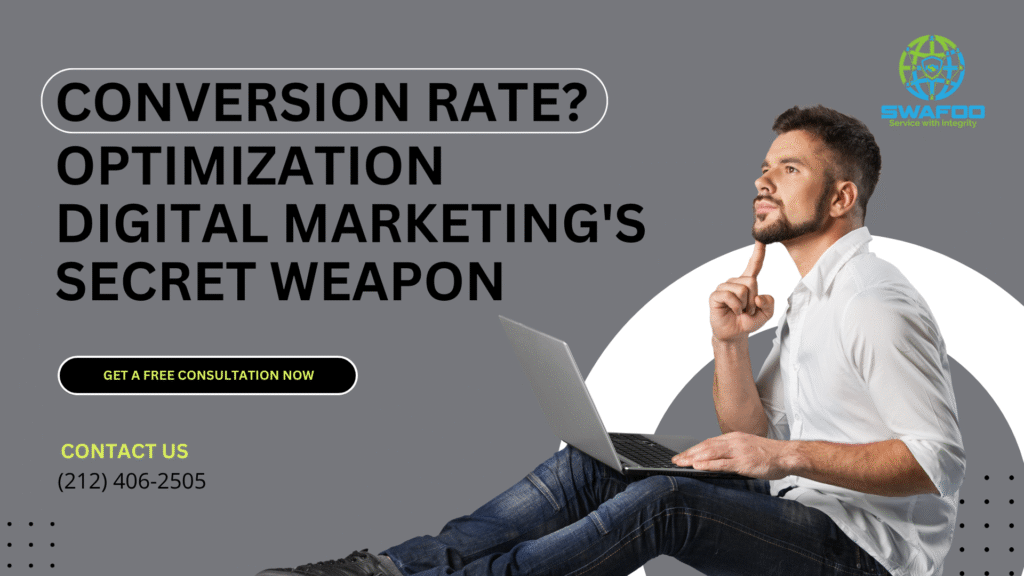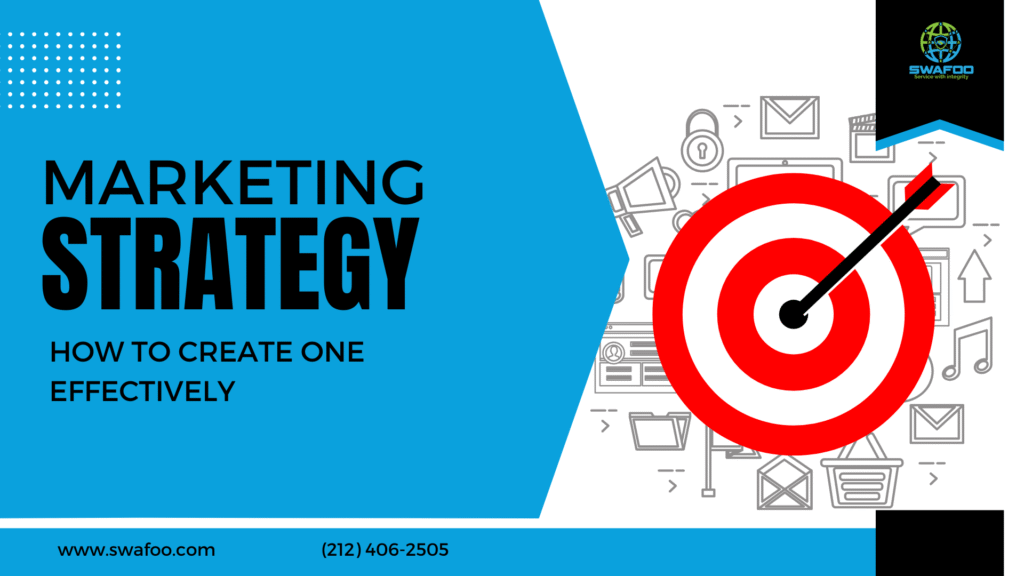5 Local SEO Strategies to Boost Your Small Business
5 Local SEO Strategies to Boost Your Small Business
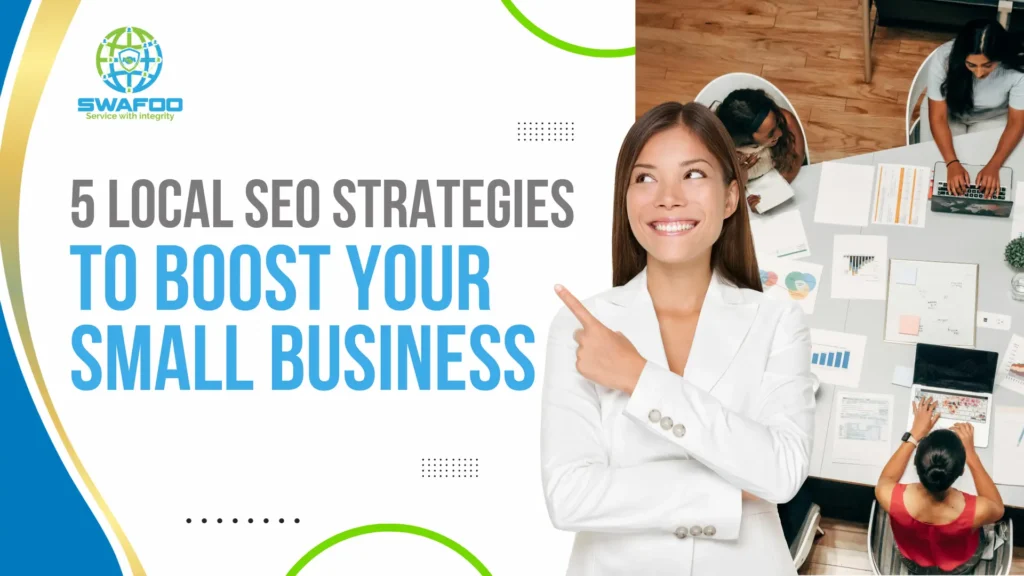
Unlock the power of local search to grow your business where it matters most.
If you’re a small business owner, you’ve probably asked yourself this more than once: How do I get my business to show up when people nearby search for what I offer? The answer? Local SEO is a game-changing strategy that connects you directly with customers in your area, right when they’re ready to buy.
At Swafoo, we don’t believe in one-size-fits-all solutions. We believe in precision. And nothing delivers more targeted results than a powerful local SEO strategy. These are the top 5 tactics every business owner needs to master right now to boost their regional visibility, get more clicks, and drive foot traffic through their door.
Let’s get into the 5 local SEO strategies that can move your business from invisible to unstoppable.
1. What Is Local SEO and Why Should Small Businesses Care?
Local SEO is how small businesses compete and win online. It helps your business appear in local search results when someone nearby searches for your product or service. Think “coffee shop near me” or “best plumber in Miami.” If your business isn’t optimized for those moments, you’re leaving money on the table.
Here’s what makes local SEO a must:
It Delivers Qualified, Local Traffic
People searching with local intent are ready to take action. They’re not browsing, they’re choosing. That means higher conversion rates and more value from every visitor.
It Levels the Playing Field
You don’t need a massive budget to rank locally. With smart SEO strategies, your local business can outrank bigger competitors on key local keywords.
It Builds Real-World Credibility
Strong local SEO rankings signal to searchers and to Google that your business is legit, trusted, and ready to serve the community.
Swafoo helps businesses like yours cut through the digital noise with SEO services designed for local dominance.
2. How Do You Optimize Your Google Business Profile for Maximum Local Exposure?
Your Google Business Profile (formerly Google My Business) is the most powerful free tool in your local SEO toolbox. But here’s the thing: most businesses don’t optimize it. That’s a huge missed opportunity.
Claim Your Google Business Profile
Before anything else, you need to claim your Google listing. This unlocks your ability to control how your business appears in Google Maps, the Local Pack, and local search.
Make sure the following are correct and consistent:
- Your business name
- Address
- Phone number
- Website
- Business hours
Inconsistent data kills your ranking and confuses search engines.
Add Visual Content Weekly
Images = engagement. Upload real photos of your team, workspace, services, and even customers (with permission). Share quick updates about promotions or new products. It shows activity and boosts search rankings.
Manage Reviews Like a Pro
Ask for reviews from your best customers. Then respond to every single one, yes, even the bad ones. Google rewards businesses that engage with their audience. It’s part of optimizing your Google business profile and improving local search results.
Optimize Your Google Business Description
Use local keywords naturally in your business description and service categories. Mention your city, neighborhood, and specialties. For example: “Miami-based HVAC expert specializing in same-day AC repair.” Boom local SEO gold.
3. How Do You Use Keywords to Improve Your Local Search Rankings?
If you’re not targeting local keywords, you’re throwing darts in the dark. Keyword optimization is still the heartbeat of all great SEO strategies, and local is no exception.
Do Smart Keyword Research (Like Google Keyword Planner)
Tools like Google Keyword Planner help you identify high-volume, low-competition terms your customers are actually typing into Google. Instead of using “attorney,” go local: “family lawyer in Fort Lauderdale.”
Where to Place Local Keywords
We help our clients weave local keywords into:
- Title tags
- Meta descriptions
- Header tags
- Service pages
- Blog posts
- URLs
- Image alt tags
These signals tell search engines that your business is relevant in a specific area.
Use Keyword Variants with Local Intent
Don’t stop at one phrase. Include variations like:
- “affordable roofer in Tampa”
- “24/7 pest control Orlando”
- “emergency dental clinic Jacksonville”
Each phrase gives Google more context and pushes you higher in local search rankings.
Pro Tip from Swafoo: When you combine keyword optimization with relevant local content, your SEO results can scale fast, even for newer businesses.
4. What Are Local Citations and Why Do They Matter?
Local citations are mentions of your business name, address, and phone number (NAP) on third-party platforms like Yelp, Facebook, Yellow Pages, or niche directories.
Consistency Is Everything
Google compares these listings to your Google Business Profile. If your info is inconsistent, it throws red flags. Ensure your business information is exactly the same, down to the punctuation, across every platform.
This helps search engines trust your local business and improve your ranking.
Build Listings in High-Authority Directories
Not all directories are equal. Swafoo recommends targeting platforms like:
- Yelp
- Foursquare
- Bing Places
- Apple Maps
- Industry-specific directories
These local citations increase authority and send powerful trust signals that help with ranking and local search visibility.
Don’t Forget Local Backlinks
When other local businesses link to your site, that’s a vote of confidence in Google’s eyes. Partner up with local vendors, sponsors, or event organizers to get your business featured and earn some juicy local backlinks.
We call this building local credibility, and it’s a core piece of your SEO foundation.
5. What’s the Role of Local Content in Driving Local Traffic?
Generic content doesn’t cut it. Today, local content is one of the most overlooked but powerful seo strategies you can use to connect with your community and dominate local search results.
Create Content That’s Hyper-Relevant
Blogs, landing pages, and videos should speak directly to your audience. Think:
- “How to Choose the Right Accountant in Sarasota”
- “Top 5 Roofing Mistakes Homeowners Make in Tampa”
- “Local Events Our Boutique Is Sponsoring This Fall”
Local SEO isn’t just about showing up, it’s about staying relevant and boosting your local visibility over time.
Feature Local Partnerships
Write blog posts about collaborations with nearby businesses. Mention local influencers, events, or causes. These drive engagement and open doors for local backlinks.
Bonus: Google loves this kind of seo content because it proves you’re involved in your community.
Create Local Landing Pages
If you serve multiple areas, create a page for each one with unique local keywords, testimonials, and directions. This helps you show up in local search no matter where your audience is searching from.
Swafoo’s Tip: Local content is a long-term play. It may take a month or two to rank, but when it hits, the leads keep coming.
Local SEO Isn’t a Buzzword, It’s Your Business Growth Engine
Let’s be real: Local SEO is no longer optional. If your small business isn’t taking local search seriously, you’re leaving growth on the table for your competitors.
Here’s what we want you to remember:
Claim and optimize your Google Business Profile, keep your NAP, photos, and updates fresh.
Use local keywords intentionally in your site content, meta tags, and Google profile.
Get listed on trustworthy local directories and keep that information consistent.
Publish meaningful local content, blogs, events, and collaborations.
Build local backlinks and stay active in your community digitally and physically.
5 local SEO strategies might sound like a short list, but each of these moves the needle. And combined? They can completely transform how customers discover you online.
Need help implementing this?
At Swafoo, we specialize in small business SEO and local SEO efforts that generate measurable growth. Whether you’re looking for a full-service strategy or a partner to manage your Google Business Profile, we’re here to help you achieve your business goals.
Ready to boost local traffic and own your neighborhood online?
Let’s talk. Because when it comes to SEO, local is personal, and personal is powerful.
Share This Post
Subscribe To Our Newsletter
Get updates and learn from the best
More To Explore
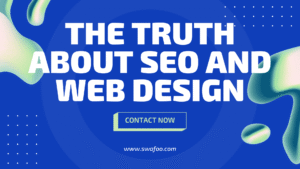
The Truth About SEO and Web Design: How Smart Design Can Improve Your Ranking
SEO and Web Design Every business wants to appear at the top of search engines. But few realize how closely web design and SEO work
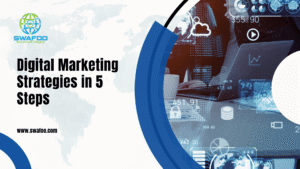
Digital Marketing Strategies in 5 Steps: How to Create One That Delivers Results
Marketing Strategies Creating digital marketing strategies that actually work isn’t about chasing trends or using every platform at once. It’s about focus, knowing what your
